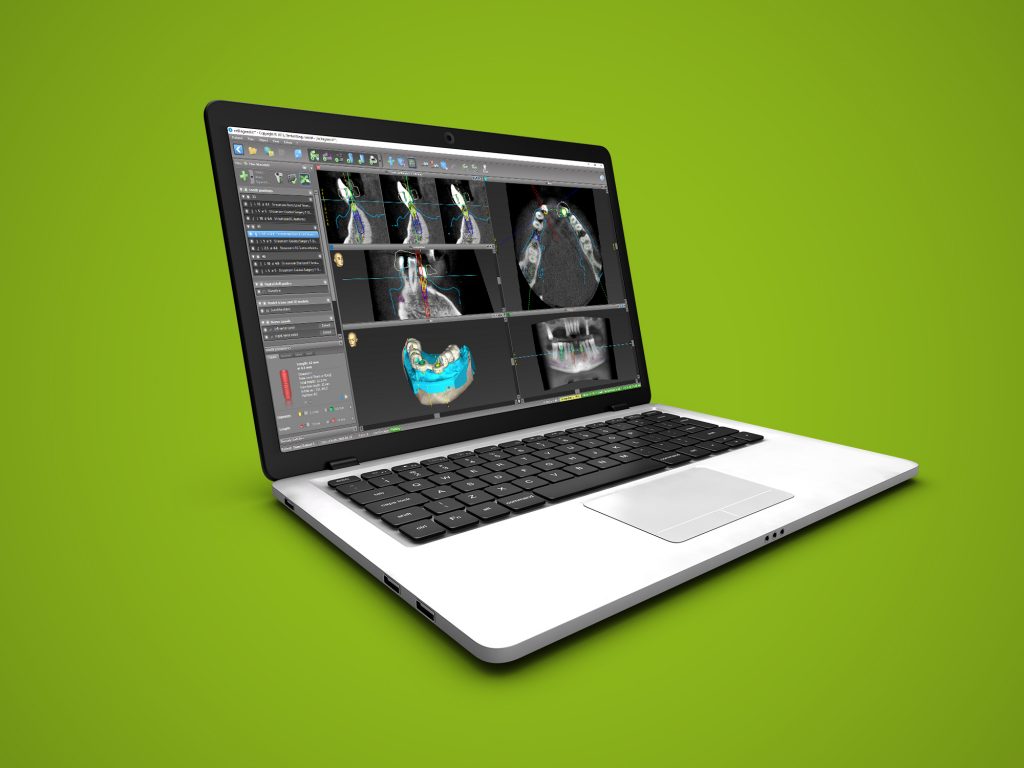Avoiding medicolegal complications relating to dental implants
Featured Products Promotional FeaturesPosted by: Dental Design 22nd June 2020

Dr Rajan Patel has a Masters in Medical Law and Ethics, with a special interest in consent to surgery regarding dental implantology and oral surgery. He lectures on these aspects at university level and to organisations involved in relevant fields. Here, he discusses some of the most common reasons for medicolegal issues relating to dental implants today and how clinicians can avoid them.
One well-reported risk is in respect of patients who are not dentally fit – such as those with untreated periodontal disease – still receiving dental implants. These cases can require expensive courses of remedial treatment and, therefore, require indemnifiers to pay out large sums in damages. Other errors frequently made relate to implants not being placed correctly or in a manner that does not enable them to be properly cleaned by the patient.
It is important to explain to the patient what’s happening when things don’t go to plan. This includes detailing all costs and if/why they change during a course of treatment. It is also important to effectively manage patients’ expectations by informing them of the inherent risk of failure. This constitutes a vital part of the consent process, which should be documented meticulously, along with the treatment plan.
Accurate and thorough planning allows the clinician to fully appreciate the complexities of each individual case. It also means they can share the plan with their patient to illustrate the process and make the patient more informed about the issues at hand. Further still, using a surgical guide facilitates a restoratively-driven treatment process. If the quality of the surgery is ever called into question, the guide serves as good evidence of the planning process.
Practitioners should embrace digital planning and its advantages in ensuring optimal patient outcomes. For example, the use of CBCT machines is increasingly becoming necessary to complete a comprehensive assessment. These scans illustrate anatomical challenges that need to be overcome when planning the implant position, while also indicating early on where bone grafting is required.

Software like the Straumann coDiagnostiX™ can also support the planning process as it is a very useful tool in determining implant position. It is so easy to use that even allows those new to the technology can quickly embrace it within their armamentarium when carrying out implant treatment. It shows the dentist has thought about the planning procedure and will support the clinical decisions made, meaning it also helps to prevent or solve any medicolegal challenges that are brought.
Aside from always planning cases carefully, it’s important to ask for help when a case becomes more difficult than expected or if it is out of your treatment scope. I would also recommend looking at the evidence behind your decision-making and ensure that patients recognise the planning you undertake so they value their treatment and the service you are providing. Finally, complications can and do occur so it’s vital not to be afraid to discuss issues with your patients in order to manage their expectations and maintain a collaborative approach to care throughout.
For more information, please visit at www.straumann-uk.co/cares-chairside








